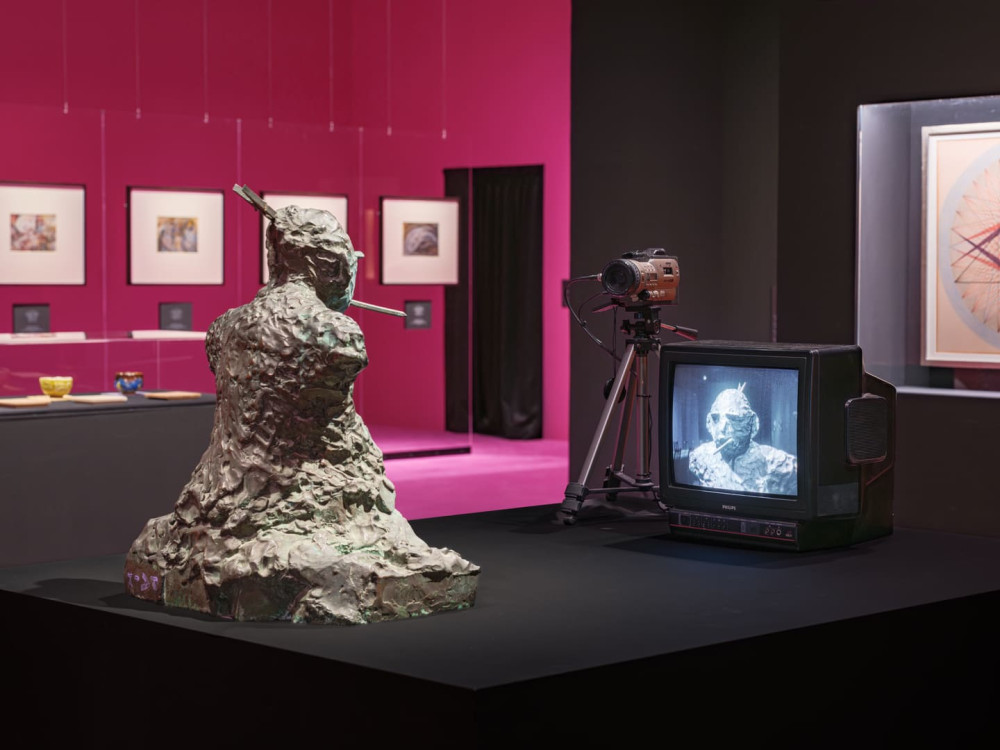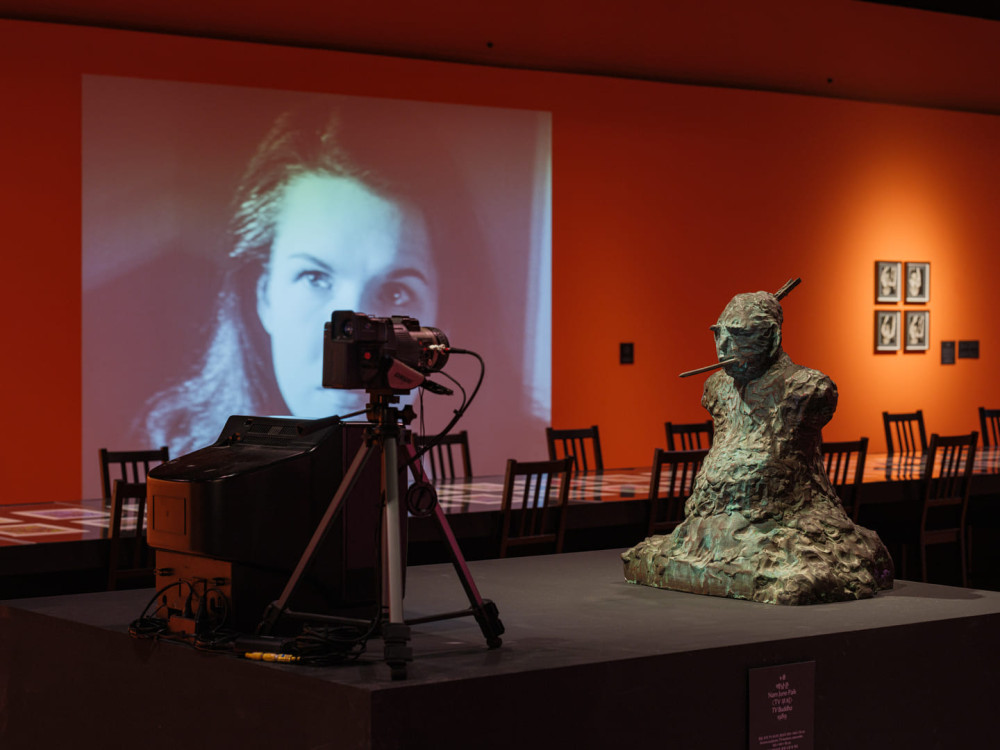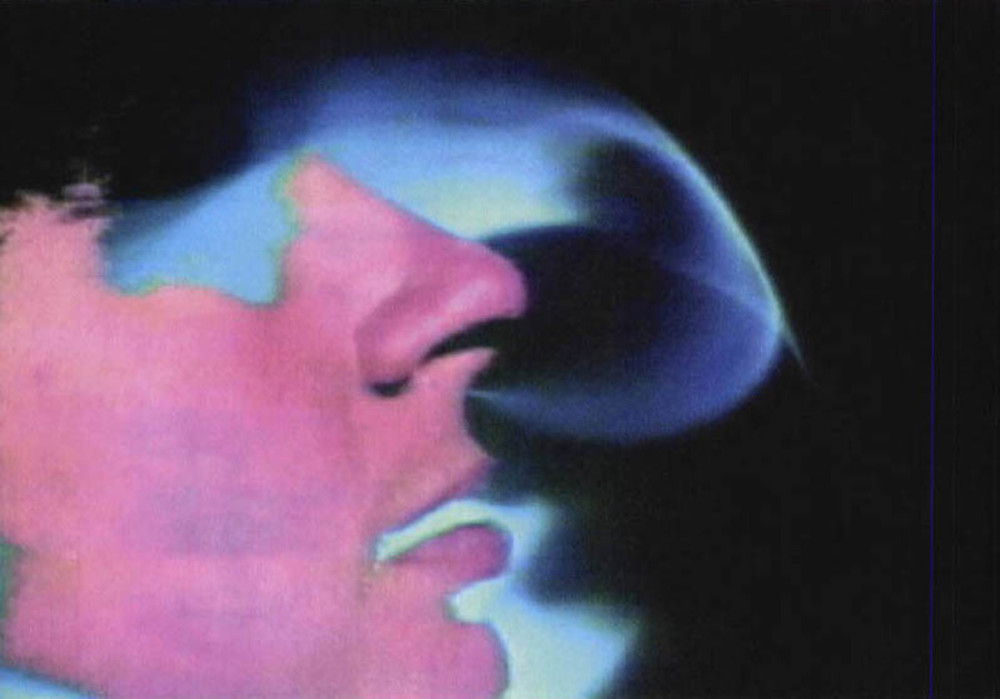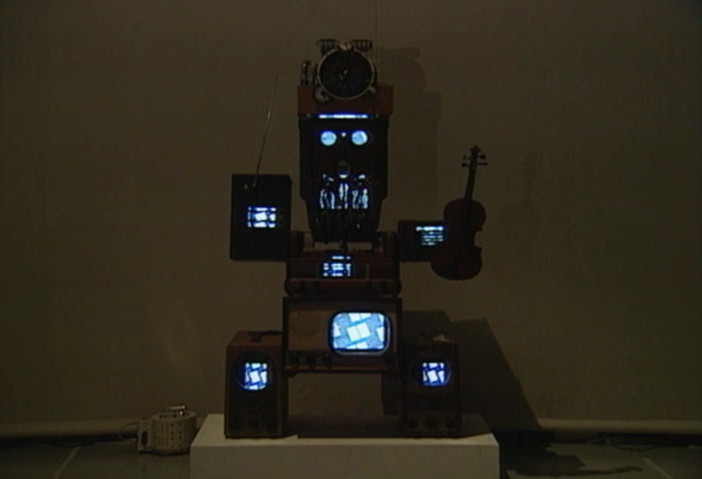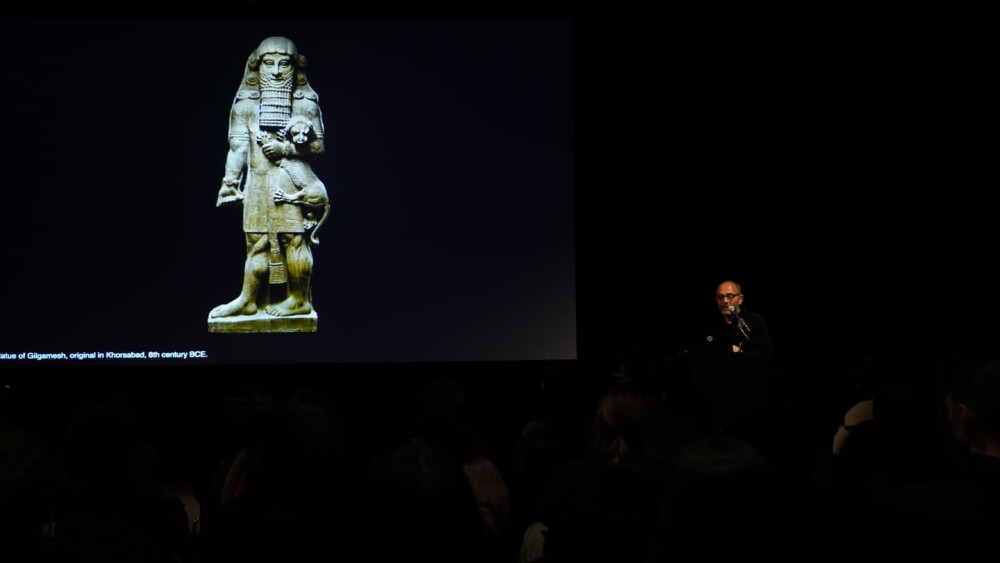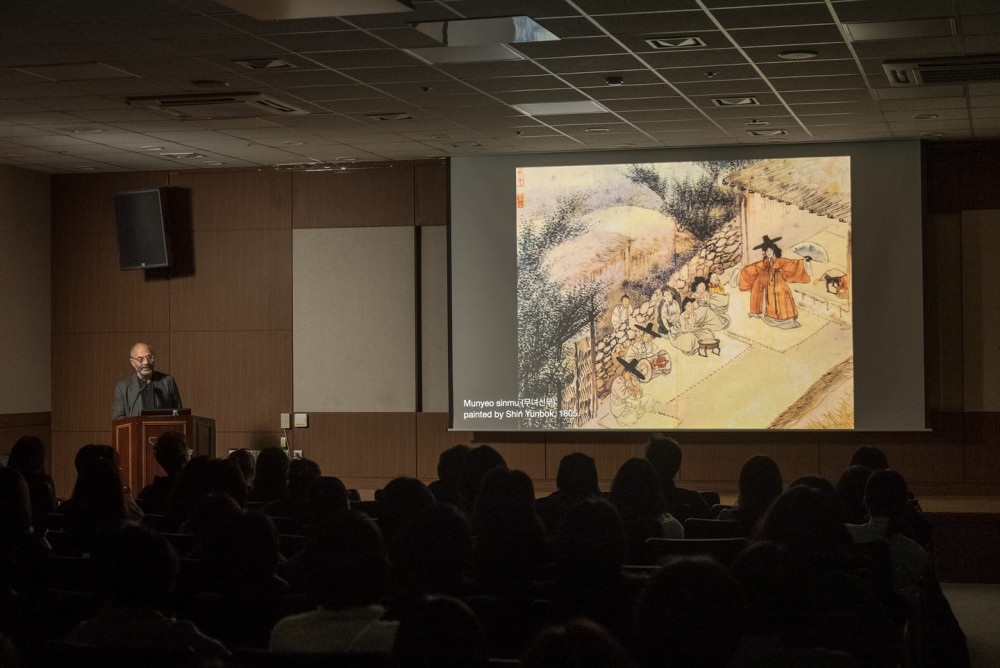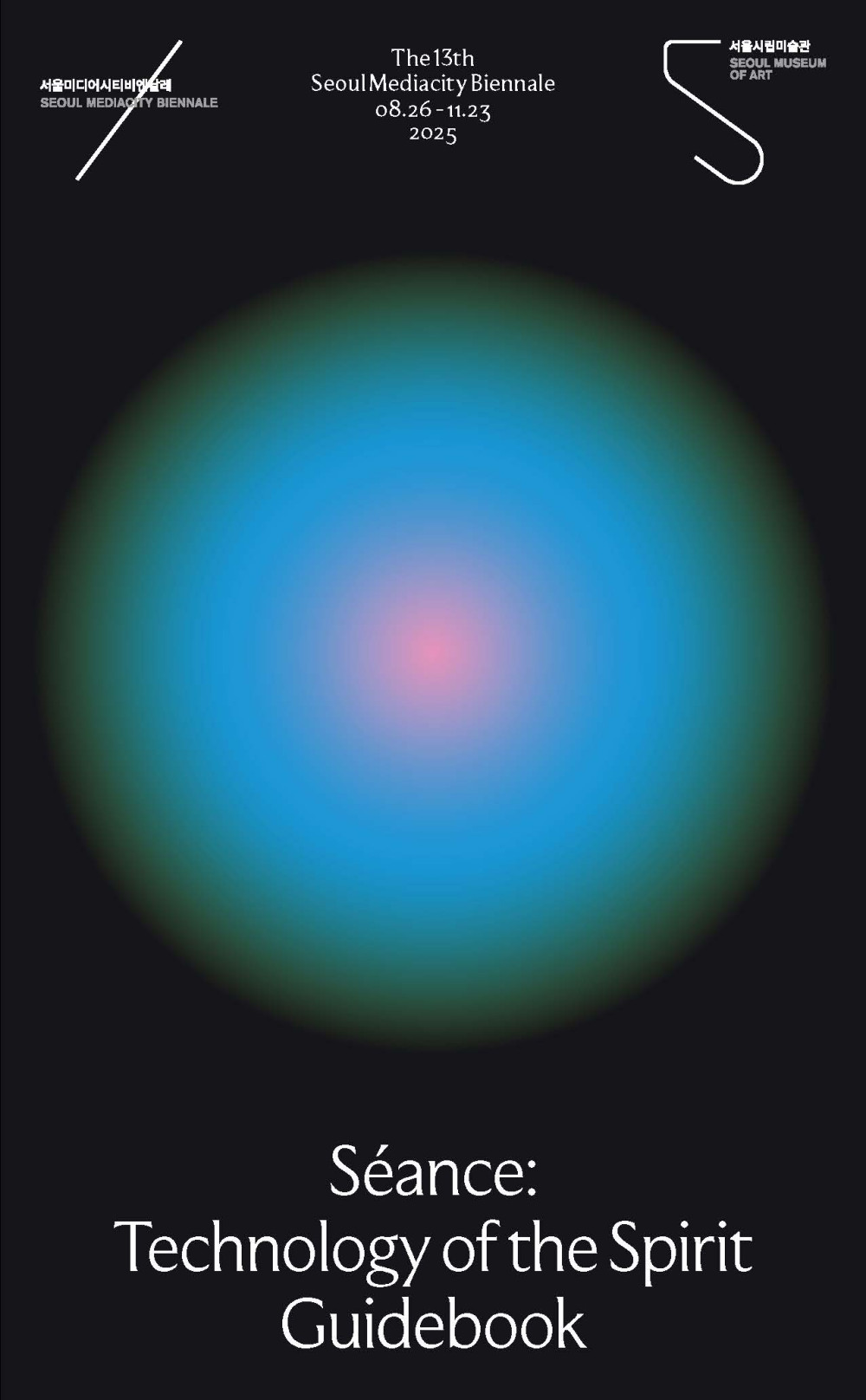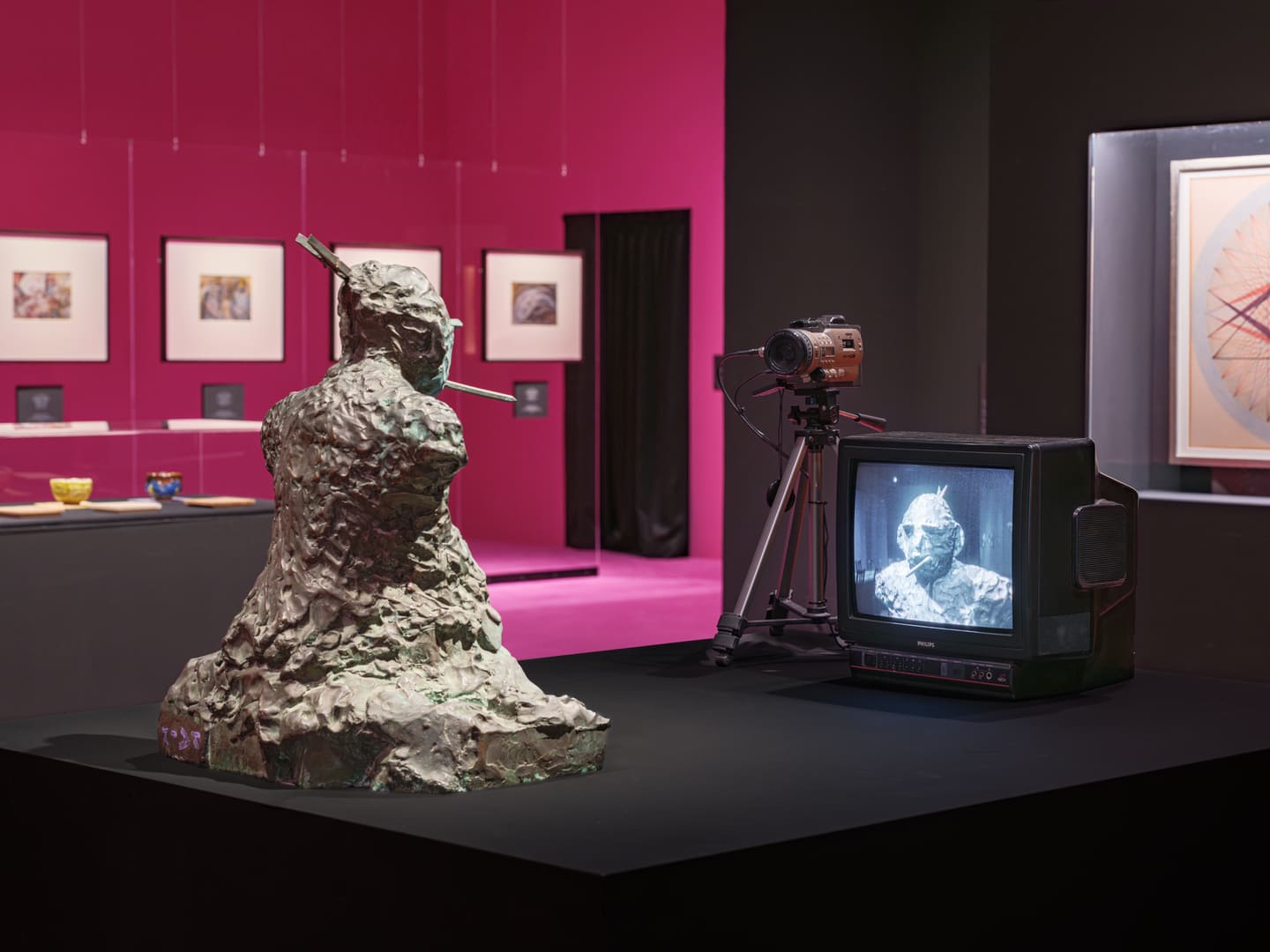
One of the most pioneering artists of the second half of the twentieth century, Nam June Paik (1932-2006) brought a profound interest in shamanism and East Asian philosophy to his experiments in the utopian possibilities of new technologies ranging from television to the internet.
In this celebrated work, Buddha watches his own image, captured in real-time by a closed-circuit camera, on a television screen. The scene raises questions: has Buddha become addicted to cheap television, succumbed to the vice of narcissism, or is he practicing the intense self-examination that is necessary to transcend the ego? Moreover, which of these twinned Buddhas is the “real” one?
In reflecting on these questions, it is worth bearing in mind that Paik made various versions of TV Buddha. For all their subtle differences (in one example, a similarly sculpted bronze Buddha appears on the television as a lit candle) they all present a confrontation (or reconciliation) between material and immaterial representations of the self. The questions it raises are numerous. Has new media technology separated us from ourselves, or allowed for new forms of connection? Is art itself mere entertainment, mirror to the self, or a path to spiritual enlightenment?
